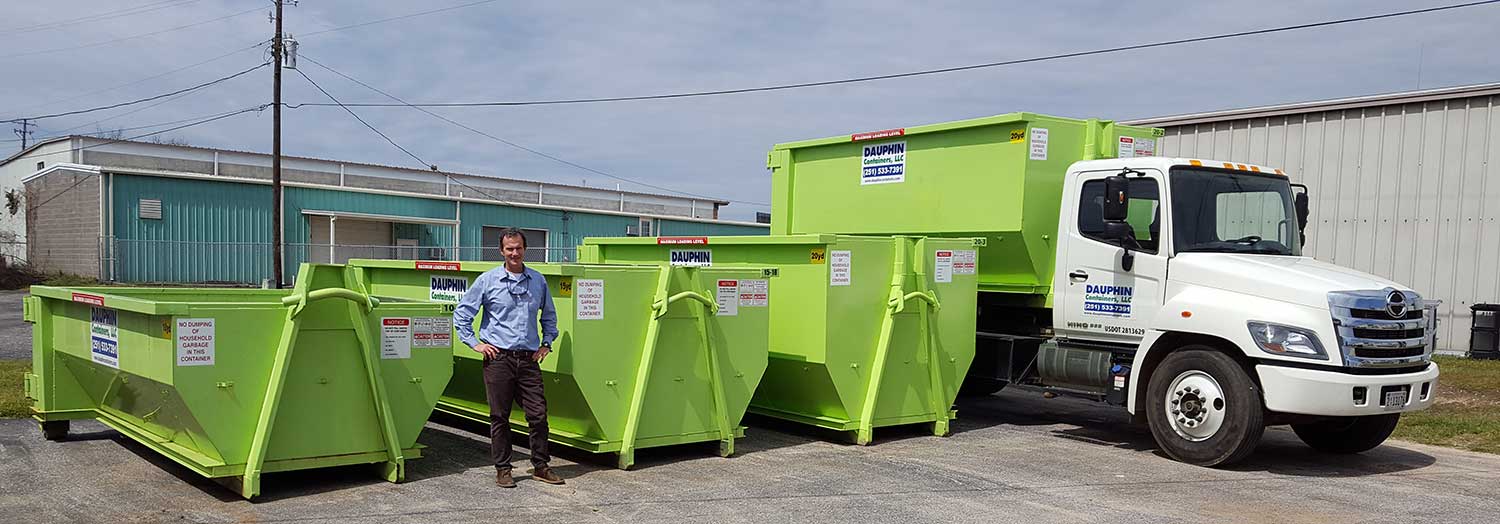
Cherokee demolition projects, like many large-scale demolitions, can have significant environmental impacts. These impacts arise from various sources, including the release of hazardous materials, waste generation, noise pollution, and disruptions to ecosystems. Understanding these impacts is crucial for mitigating the negative effects and promoting sustainable Cherokee Demolition practices.
1. Hazardous Materials
One of the primary environmental concerns in Cherokee Demolition projects is the release of hazardous materials. Older buildings, often targeted for demolition, may contain asbestos, lead paint, polychlorinated biphenyls (PCBs), and other toxic substances. During demolition, these materials can become airborne or leach into the soil and water, posing severe health risks to workers and nearby communities. Proper identification, removal, and disposal of hazardous materials are essential to minimize these risks.
2. Waste Generation
Demolition activities generate a significant amount of waste, including concrete, bricks, metals, and wood. If not managed properly, this waste can contribute to landfill overcrowding and increased greenhouse gas emissions. Recycling and reusing demolition materials can substantially reduce the environmental footprint of such projects. For instance, metals can be melted down and repurposed, while concrete can be crushed and used in road construction or as fill material.
3. Noise and Air Pollution
The use of heavy machinery in demolition projects results in considerable noise and air pollution. Prolonged exposure to high noise levels can harm local wildlife, causing stress and disrupting natural behaviors. Additionally, dust and particulate matter released during demolition can degrade air quality, affecting the health of both humans and animals. Employing dust suppression techniques, such as water spraying, and using noise barriers can help mitigate these impacts.

4. Ecosystem Disruption
Demolition projects can disrupt local ecosystems, especially when conducted in or near natural habitats. The removal of buildings and infrastructure can lead to soil erosion, loss of vegetation, and disturbances to wildlife habitats. These changes can have cascading effects on biodiversity and ecosystem services. Implementing erosion control measures and planning demolition activities to avoid sensitive periods for wildlife can reduce these disruptions.
5. Water Contamination
The demolition process can also lead to water contamination through runoff carrying hazardous substances and debris into nearby water bodies. Contaminated water can affect aquatic life and degrade water quality, making it unsafe for human consumption and recreational use. Establishing proper containment systems and treating runoff water before it enters natural waterways are vital steps in preventing water pollution.
The environmental impacts of Cherokee demolition projects are multifaceted and significant. However, through careful planning, adherence to environmental regulations, and the adoption of sustainable practices, these impacts can be mitigated.






